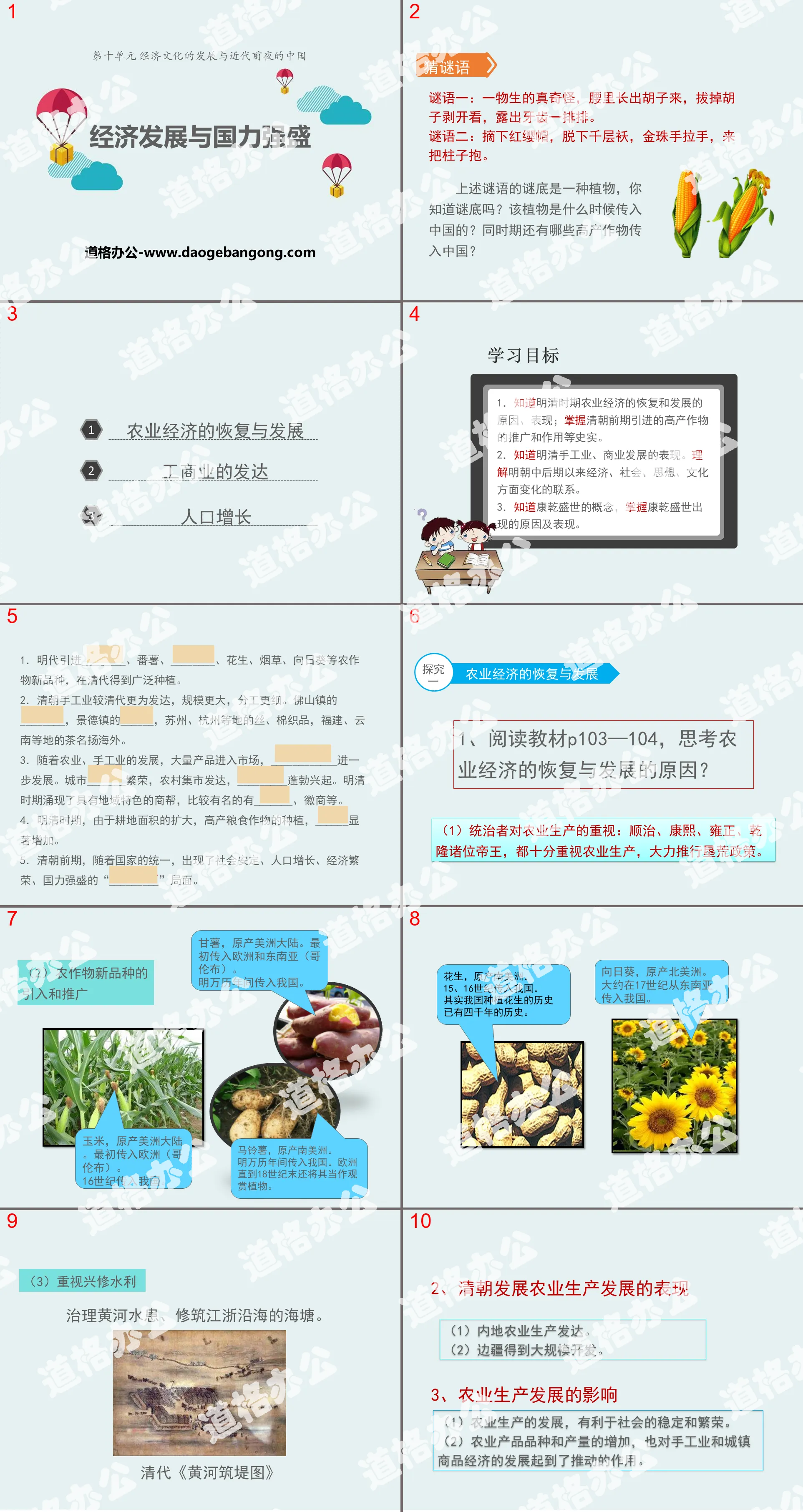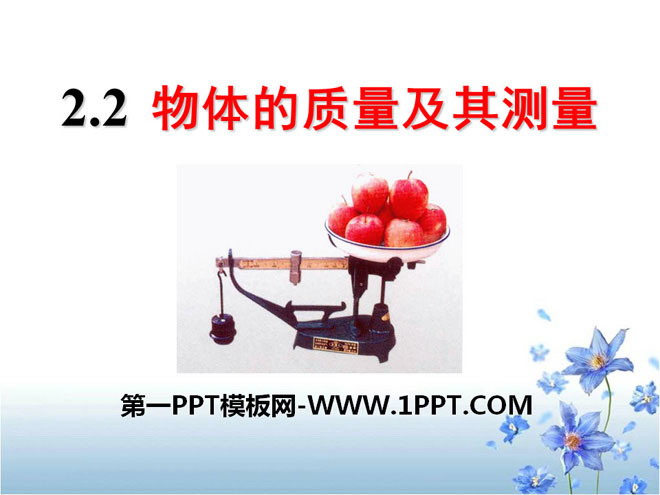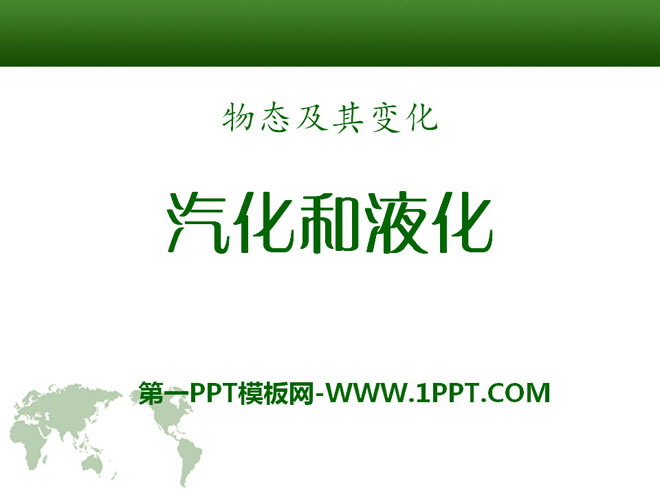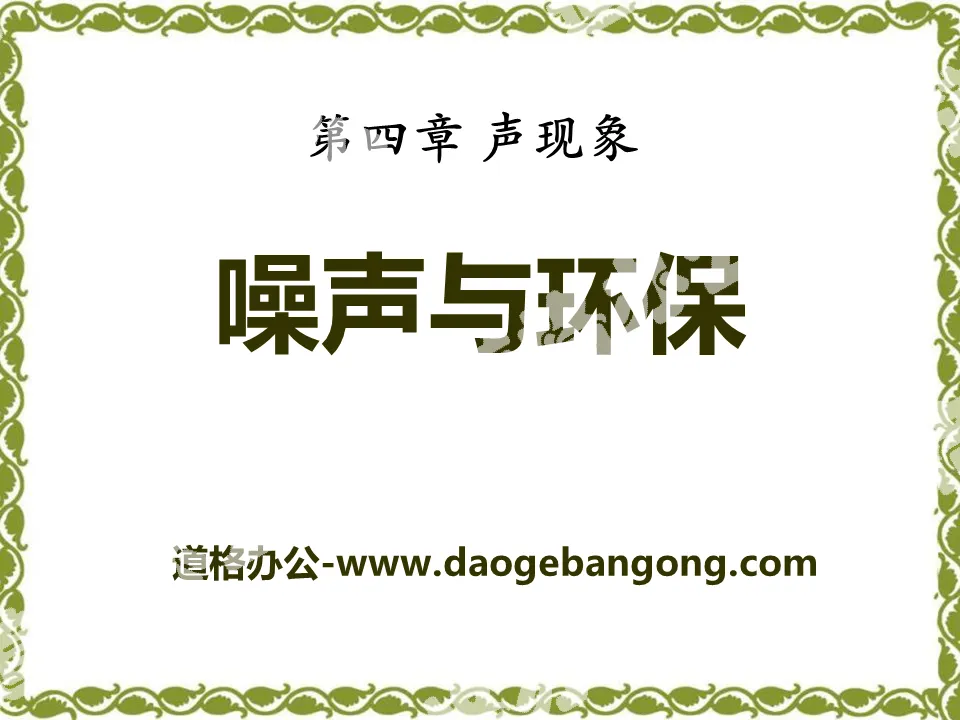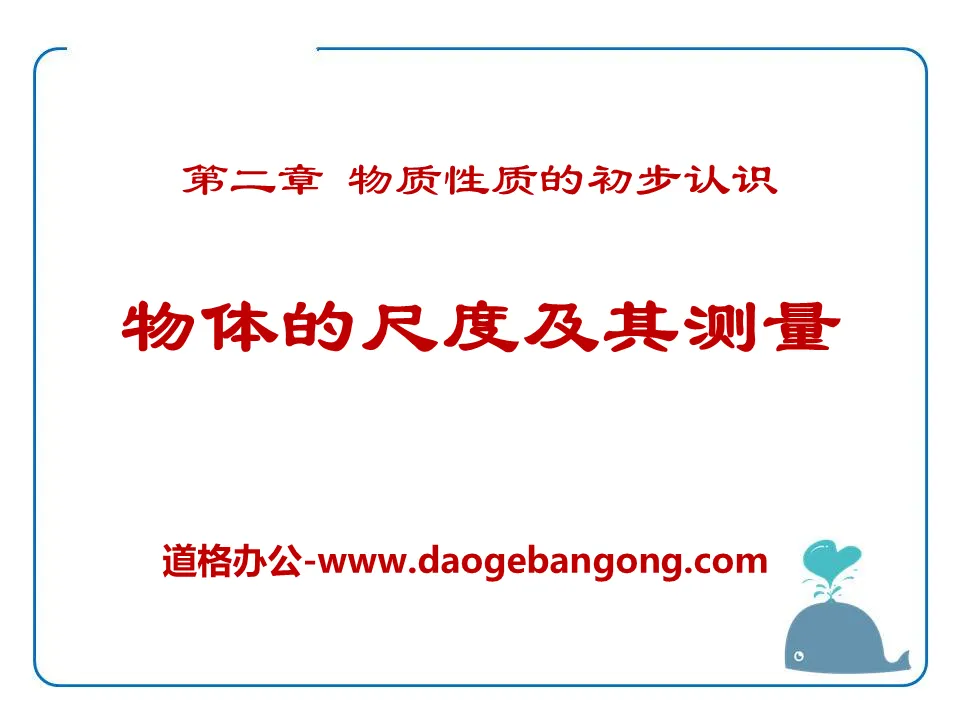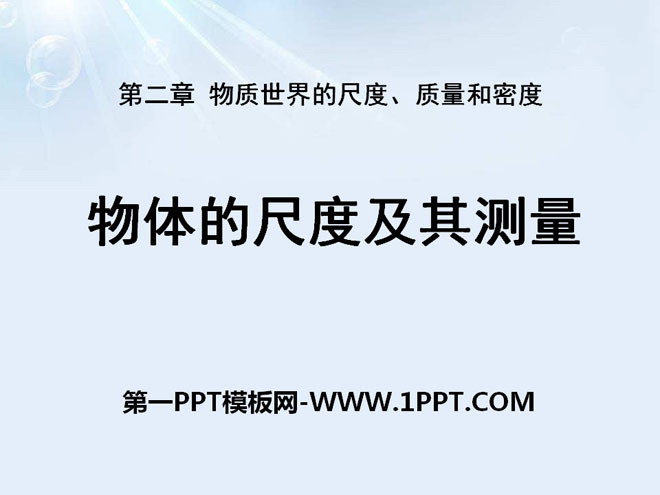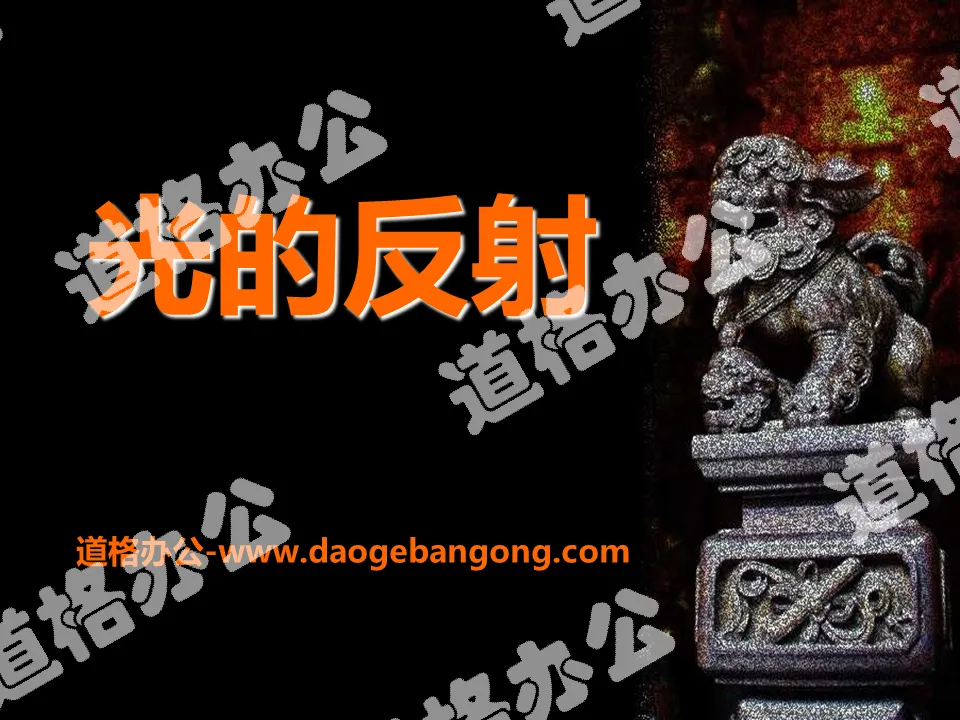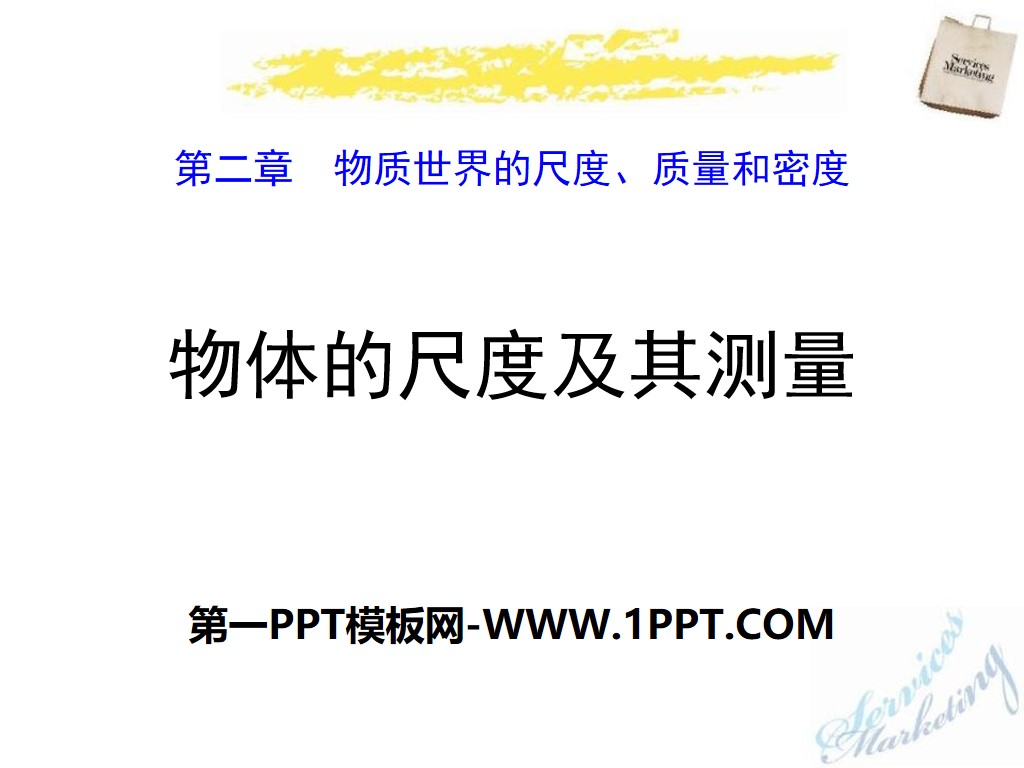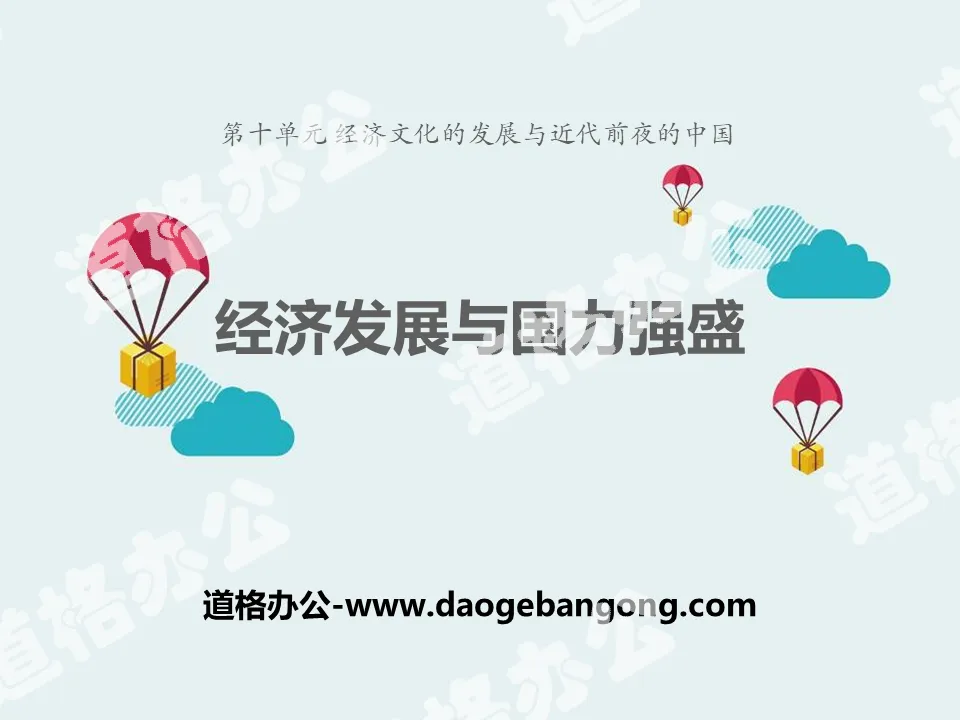
| Category | Format | Size |
|---|---|---|
| Yuelu Edition Seventh Grade History Volume 2 | pptx | 6 MB |
Description
"Economic Development and National Strength" Economic and cultural development and China on the eve of modern times PPT courseware 2
Riddles
Riddle 1: What a strange creature. It has a beard growing out of its waist. If you pluck the beard and peel it off, you will see rows of teeth.
Riddle 2: Take off the red tassel hat, take off the thousand-layer coat, Jinzhu joins hands to hug the pillar.
The answer to the above riddle is a plant. Do you know the answer? When was this plant introduced to China? What other high-yielding crops were introduced to China during the same period?
learning target
1. Understand the reasons and performance of the recovery and development of the agricultural economy during the Ming and Qing Dynasties; master historical facts such as the promotion and role of high-yielding crops introduced in the early Qing Dynasty.
2. Know the performance of handicraft industry and commercial development in Ming and Qing Dynasties. Understand the relationship between economic, social, ideological, and cultural changes since the middle and late Ming Dynasty.
3. Understand the concept of the Kangxi and Qianlong dynasties, and grasp the reasons and manifestations of the Kangxi and Qianlong dynasties.
1. In the Ming Dynasty, new crop varieties such as ________, sweet potatoes, ________, peanuts, tobacco, and sunflowers were introduced and were widely planted in the Qing Dynasty.
2. The handicraft industry in the Qing Dynasty was more developed than that in the Qing Dynasty, with a larger scale and a finer division of labor. _________ from Foshan Town, ______ from Jingdezhen, silk and cotton fabrics from Suzhou, Hangzhou and other places, and tea from Fujian, Yunnan and other places are famous overseas.
3. With the development of agriculture and handicraft industry, a large number of products entered the market, and ____________ developed further. Cities are prosperous, rural markets are developed, and ________ are flourishing. During the Ming and Qing Dynasties, merchant gangs with regional characteristics emerged, among which the more famous ones include _______, Hui merchants, etc.
4. During the Ming and Qing Dynasties, due to the expansion of cultivated land and the cultivation of high-yielding food crops, ______ increased significantly.
5. In the early Qing Dynasty, with the unification of the country, there was a "__________" situation of social stability, population growth, economic prosperity, and strong national power.
Study 1: Recovery and Development of Agricultural Economy
1. Read textbook P103-104 and think about the reasons for the recovery and development of agricultural economy?
(1) Rulers attached great importance to agricultural production: Emperors Shunzhi, Kangxi, Yongzheng, and Qianlong all attached great importance to agricultural production and vigorously promoted the reclamation policy.
(2) Introduction and promotion of new crop varieties
(3) Pay attention to the construction of water conservancy projects
2. The performance of the development of agricultural production in the Qing Dynasty
(1) Agricultural production is developed in the mainland.
(2) Frontiers have been developed on a large scale.
3. Impact of agricultural production development
(1) The development of agricultural production is conducive to social stability and prosperity.
(2) The increase in the variety and output of agricultural products has also promoted the development of handicraft industry and urban commodity economy.
Exploration 2 The development of industry and commerce
1. Development of handicraft industry
The mining, metallurgy, textile, porcelain, shipbuilding, papermaking and other handicraft industries in the Ming Dynasty were all prosperous. The handicraft industry in the Qing Dynasty was more developed than that in the Ming Dynasty, with a larger scale and a finer division of labor.
Yun brocade is the noblest kind of silk, and it is said that "every inch of brocade is worth every inch."
Yun brocade was a royal item used by the emperors of the Ming and Qing Dynasties. The emperors of the Ming and Qing Dynasties set up a weaving mansion in Jiangning (Nanjing).
Cao Xueqin, the author of "A Dream of Red Mansions", had three generations and four ancestors working in Jiangning Zhizao Mansion for 65 years.
Silk from Suzhou, silk from Hangzhou, Yunjin from Nanjing, Suzhou and Hangzhou.
Material 1 After the mid-Ming Dynasty, only in some places and industries in Jiangnan where the commodity economy was relatively developed, the production relationship between employment and employment appeared sparsely.
Material 2: "Machine owners contribute capital, and machine workers contribute efforts."
Material 3: There are thousands of mechanics without fixed jobs in Suzhou, who gather at some bridgeheads and lanes every morning to wait for employment. Each bridge also has agents who recommend work. Machinists have poor working conditions and long working hours. If they have no work for a day, they will starve and live a life of poverty where "if you have a job, you will live, if you are unemployed, you will die".
Please answer:
(1) Based on material 1, tell us the period and region when the “production relationship between employment and employment” emerged? What are the prerequisites for the emergence of this production relationship?
(2) What is the actual nature of the “production relationship between employment and employment”?
(3) What do the words "machinist" and "machinist" in Material 2 refer to respectively?
(4) What does "If you get a job, you will live, if you are unemployed, you will die" in Material 3?
2. Business prosperity
(1) Reason: In the early Qing Dynasty, the development of agriculture and handicrafts promoted the circulation of commodities. Water and land transportation are convenient.
(2) Performance
① Urban commerce is prosperous, rural markets are developed, and small and medium-sized towns are booming.
② In the increasingly prosperous commercial activities, business gangs with regional characteristics emerged during the Ming and Qing Dynasties. The more famous ones include Shanxi merchants, Hui merchants, etc.
Shanxi merchants refer to the Shanxi merchant group, a famous business gang in my country. They emerged in the Ming Dynasty with the help of trade in northern border towns. By the Qing Dynasty, they had traveled all over the world and operated in dozens of industries, including salt, tea and finance.
Study 3 Population Growth
In the late Kangxi period of the Qing Dynasty, the population exceeded 100 million, in the late Qianlong period it exceeded 300 million, and in the Daoguang period the total population exceeded 400 million.
Material 1: There are millions of unemployed people living in Jiang, Guizhou, Chu, Sichuan and Shaanxi. ——"Records of the Qing Dynasty·Records of Xuanzong (1)" Volume 33
Material 2: Even though the land was bought but no one was tilling it, Dasu bought twenty hectares of land, but only two hectares were tilled. ——(Qing Dynasty) Xu Ke: "Qing Yu Lei Miao·Satire"
What problems occurred in the economy in the mid-Qing Dynasty?
Population surge, serious land annexation, people's livelihood difficulties
Research: The impact of population growth in the early and mid-Qing Dynasty
positive
Promote economic development and social prosperity. Many people move into cities to engage in industry, commerce, and service industries, which promotes the prosperity of the urban economy; or they migrate from the interior to mountainous areas and frontiers, contributing to the economic development of these areas.
negative
A large number of people have no land to cultivate, which increases the burden on society. As population density increases, the per capita cultivated land area decreases, and the contradiction between man and land gradually becomes more prominent. This is followed by further land reclamation, which destroys many natural vegetation and virgin forests, causes serious water and soil erosion, and decreases soil fertility; affecting the economy. sustainable development.
【1】When high-yielding crops such as corn, sweet potatoes, and potatoes were introduced to China ( )
A. Western Han Dynasty
B. Tang Dynasty
C. Northern Song Dynasty
D. Ming Dynasty
[2] "Sucheng machine shop mostly employs manual weavers. The machine shop invests in the operation, and the machine craftsmen are paid for their work." The above materials reflect the late Ming Dynasty ( )
A. Industrial economy begins to emerge
B. business prosperity
C. The emergence of capitalism
D. Machines are commonly used in the textile industry
[3] In the middle of the Qing Dynasty, it appeared that "even if the land was bought but no one was working on it, twenty hectares of land would be bought in large numbers, but the people who would work on it were only two hectares." Which social contradiction in the mid-Qing Dynasty does this material reflect? ( )
A. Per capita arable land has further declined
B. Land annexation has developed viciously, and farmers have gone bankrupt and fled.
C. political corruption
D. Arms are in disrepair
[4] The heyday of Kangxi and Qianlong was the highest peak of Qing Dynasty rule. The heyday of Kangxi and Qianlong refers to the reign of which emperors ( )
①Shunzhi ②Kangxi ③Yongzheng ④Qianlong
A. ①②
B. ①②③
C. ①②④
D. ②③④
Keywords: Economic and cultural development and Chinese teaching courseware on the eve of modern times, economic development and national strength teaching courseware, Yuelu edition seventh grade history volume 2 PPT courseware download, seventh grade history slide courseware download, economic and cultural development and the eve of modern times China PPT courseware download, Economic Development and National Strength PPT courseware download, .PPT format;
For more information about the PPT courseware "Economic and Cultural Development and China's Economic Development and National Strength on the Eve of Modern Times", please click the Economic and Cultural Development and China's Economic Development and National Strength on the Eve of Modern Times ppt tab.
"Economic Development and National Strength" Economic and cultural development and China on the eve of modern times PPT courseware 4:
"Economic Development and National Strength" Economic and cultural development and China on the eve of modern times PPT courseware 4 1. Restoration and development of agricultural economy 1. Encourage land reclamation and increase in crop varieties 2. Control of the Yellow River and border development 2. Development of industry and commerce 1. Agriculture and handicrafts...
"Economic Development and National Strength" Economic and cultural development and China on the eve of modern times PPT courseware 3:
"Economic Development and National Strength" Economic and cultural development and China on the eve of modern times PPT courseware 3 1. Recovery and development of agricultural economy 1. Reasons During the Ming and Qing Dynasties, rulers attached great importance to agricultural production 2. Performance (1) Rulers strongly encouraged Reclamation (2) corn,...
"Economic Development and National Strength" Economic and cultural development and China on the eve of modern times PPT courseware:
"Economic Development and National Strength" Economic and cultural development and China on the eve of modern times PPT courseware Learning objectives 1. Master the historical facts of the rapid economic recovery in the early Qing Dynasty and understand its reasons. 2. Understand the basic status of the development of industry and commerce in the Qing Dynasty and its important role in commercial activities.
File Info
Update Time: 2024-08-02
This template belongs to History courseware Yuelu Edition Seventh Grade History Volume 2 industry PPT template
"Economic Development and National Strength" Economic and cultural development and China on the eve of modern times PPT courseware 2 Simple campus recruitment activity planning plan summary enterprise and institution recruitment publicity lecture PPT template is a general PPT template for business post competition provided by the manuscript PPT, simple campus recruitment activity planning plan summary enterprise and institution recruitment promotion Lecture PPT template, you can edit and modify the text and pictures in the source file by downloading the source file. If you want more exquisite business PPT templates, you can come to grid resource. Doug resource PPT, massive PPT template slide material download, we only make high-quality PPT templates!
Tips: If you open the template and feel that it is not suitable for all your needs, you can search for related content "Economic Development and National Strength" Economic and cultural development and China on the eve of modern times PPT courseware 2 is enough.
How to use the Windows system template
Directly decompress the file and use it with office or wps
How to use the Mac system template
Directly decompress the file and use it Office or wps can be used
Related reading
For more detailed PPT-related tutorials and font tutorials, you can view: Click to see
How to create a high-quality technological sense PPT? 4 ways to share the bottom of the box
Notice
Do not download in WeChat, Zhihu, QQ, built-in browsers, please use mobile browsers to download! If you are a mobile phone user, please download it on your computer!
1. The manuscript PPT is only for study and reference, please delete it 24 hours after downloading.
2. If the resource involves your legitimate rights and interests, delete it immediately.
3. Contact information: service@daogebangong.com
"Economic Development and National Strength" Economic and cultural development and China on the eve of modern times PPT courseware 2, due to usage restrictions, it is only for personal study and reference use. For commercial use, please go to the relevant official website for authorization.
(Personal non-commercial use refers to the use of this font to complete the display of personal works, including but not limited to the design of personal papers, resumes, etc.)
Preview
